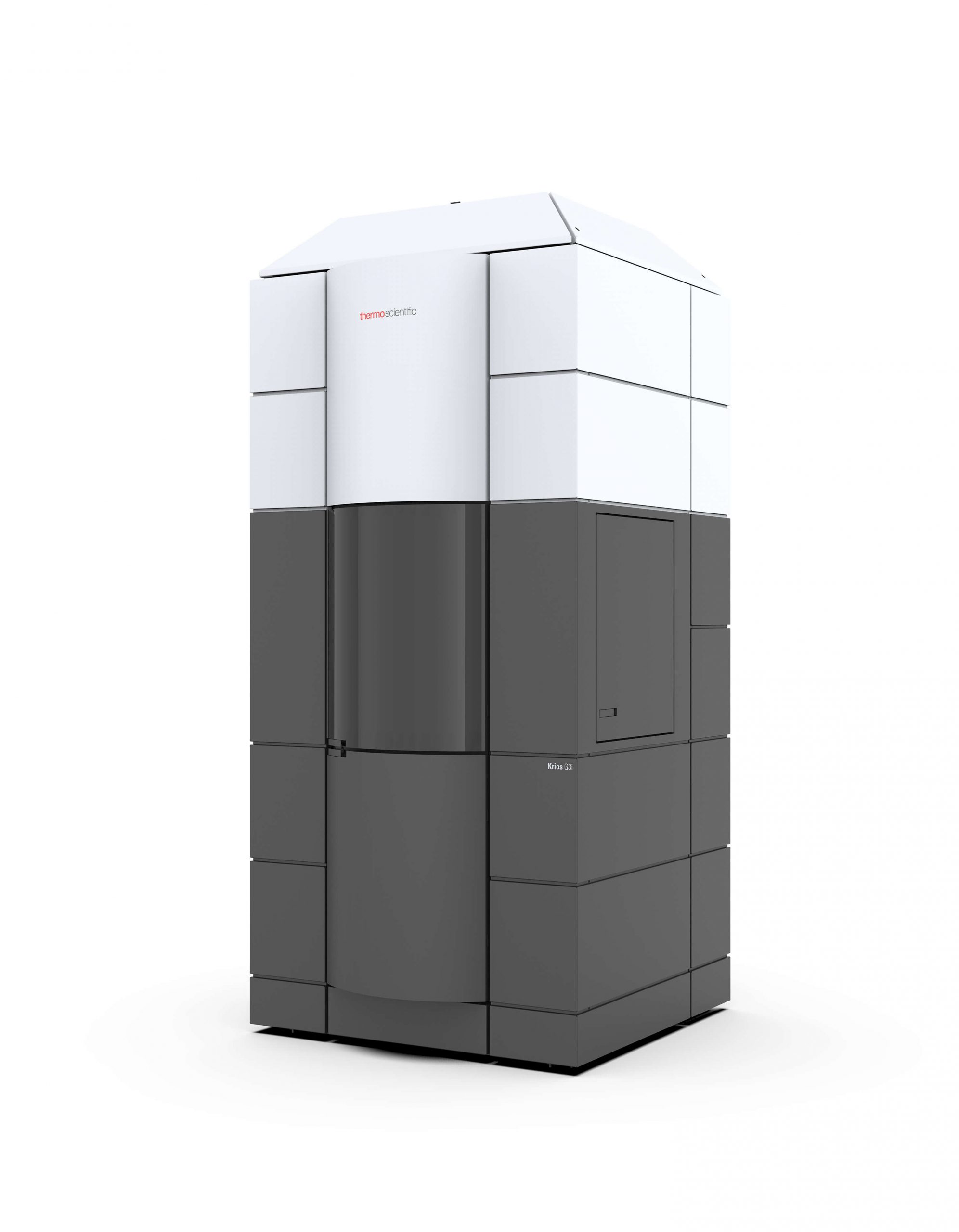$9M Microscope Advances Scientists Statewide
 The microscope will sit on top of a 12-inch thick “floating” concrete platform.
The microscope will sit on top of a 12-inch thick “floating” concrete platform.
Subscriber Benefit
As a subscriber you can listen to articles at work, in the car, or while you work out. Subscribe NowTwenty-six extremely fragile crates—including one that must remain in a vacuum—will soon be shipped from the Netherlands. Their destination: the Purdue University campus, where the contents will be pieced together to form a state-of-the-art $9 million microscope. The powerful piece of equipment—about six feet wide and 15 feet tall—will open new doors for the five Indiana institutions that pooled their resources to take research to the next level.
“For people in Indiana, we’re leveraging as much as we can and cooperating across institutions as best we can to do really good work to advance the life sciences and medicine,” says Purdue Trent and Judith Anderson Distinguished Professor in Science Dr. Richard Kuhn. “It’s a really great step for Indiana.”
Within the state, Purdue, Indiana University School of Medicine (IUSM), IU Bloomington, the Indiana Biosciences Research Institute and Eli Lilly and Company worked together to purchase the monster of a machine. The University of Illinois at Urbana-Champaign also helped purchase the Thermo Scientific Krios G3i Cryo Transmission Electron Microscope. IUSM Executive Associate Dean for Research Affairs Dr. Anantha Shekhar says the collaboration is evidence of shared vision and resources impacting the entire state.
“We’re already having success in bringing young investigators to Indiana who are attracted by this new technology,” says Shekhar. “Bringing an expanded cryo EM (Electron Microscope) platform to Indiana makes the state more competitive in attracting scientists by giving them access to cutting-edge technology and tools that enable scientific breakthroughs.”
While most may envision a traditional light microscope that scientists peer into, the new cryo EM is a massive leap beyond conventional microscopes. Kuhn says the technology has “transformed the science of structural biology.”
The newest purchase is the second microscope of its kind on Purdue’s campus; about a decade ago, Kuhn says the university was one of the early adopters of cryo-electron microscopes when it purchased a previous version. Using that piece of equipment, Purdue scientists made international headlines in 2016 as the first in the world to determine the structure of the Zika virus.
The newest microscope—expected to be operational by February—will speed scientists’ ability to analyze samples.
“The [newest microscope] is an incredibly powerful microscope, which will allow us to look down at the very atoms that make up biological entities, whether they are cells, viruses or proteins,” says Kuhn, who is also the Krenicki Family Director of Purdue’s Institute of Inflammation, Immunology and Infectious Disease. “We can see at incredible detail—which used to take months to do by alternative methods.”
The new microscope takes only a week to robotically analyze hundreds of samples. The machine provides scientists new insight into structural biology, a red-hot area of research.
“A lot of problems in biology can now be attacked by looking and seeing what the structure is; that’s a powerful tool to understand how things work,” says Kuhn. “We think this type of approach could be very useful for quick-screening new candidate drugs against viruses, proteins and a variety of different biological molecules.”
The microscope demands a massive amount of preparation before it arrives on campus, including $1 million in renovations to Hockmeyer Hall. It requires an entire room to itself and must sit on top of a 12-inch thick “floating” concrete platform, plus two more rooms to hold the accessories and equipment to operate the microscope.
Kuhn says the most important preparation, however, is the computational infrastructure and deep expertise that Purdue has developed over several decades. Looking forward, he believes the microscope will be a model for what institutions can achieve by leveraging resources.
“In addition to enhancing science, I’m equally excited about the collaboration that we’re establishing with this consortium—having these five other institutions invest in a microscope that’s not going to be physically on their campus or at their institution,” says Kuhn. “We expect big advances will come from the people working on this microscope.”
Kuhn says an older version of the microscope helped Purdue scientists crack the code for the Zika virus, and the new one could power other discoveries.
Kuhn says it’s not as simple as it may seem to add the microscope; the newest one requires certain infrastructure to already exist.
